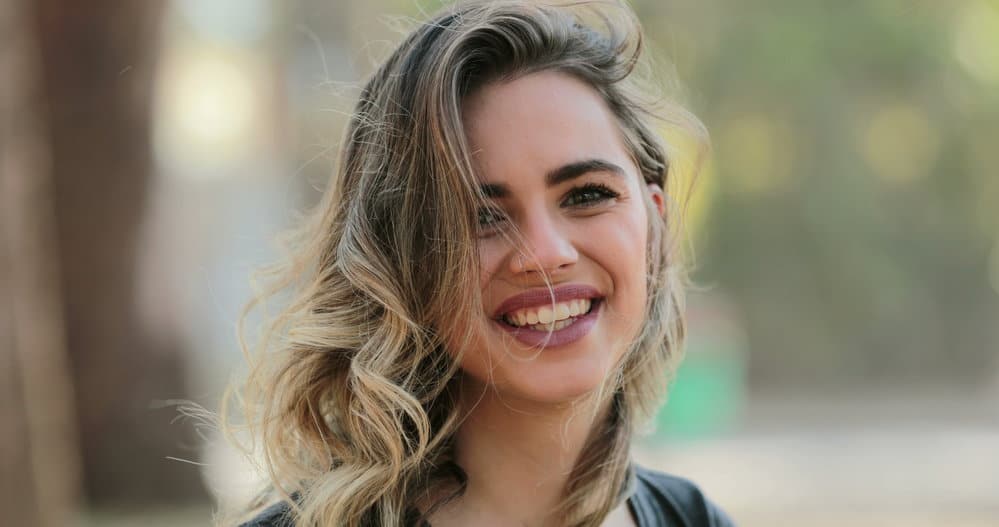
For a long time, highlights were the golden standard for transitioning to gray hair. But times are changing, and lowlights are coming into focus as another viable option for graying women and men.
If you’re considering using lowlights to go gray from brown hair, there’s a lot you should know about the process. And that’s where we can help.
In this article, we’ll tell you everything you need to know, from how lowlights can help to the pros and cons everyone should consider. Let’s get right into it!
Table of Contents
What Are Lowlights?
Lowlights are the exact opposite of highlights. In general, they involve dyeing strips of hair darker than your gray hair instead of dyeing your darkest hair lighter. Lowlights can be done with semi-permanent hair dye or permanent hair dye according to your hair type and personal preferences.
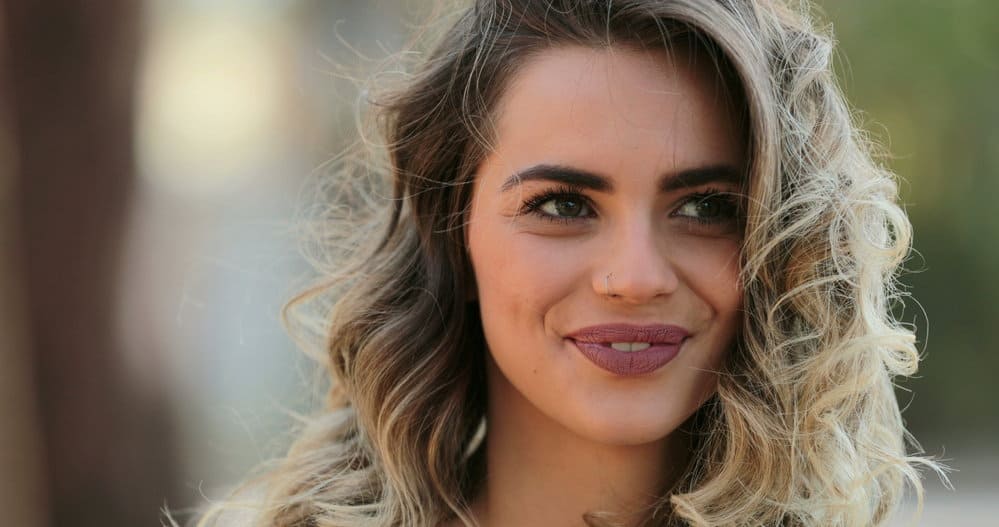
How Lowlights Can Be Used When Going from Brown to Gray
Are you wondering how you can use lowlights when going gray? This section is for you. There are two distinct ways that you can leverage the technique of lowlighting on your graying hair:
- You can use lowlights to tone down your grays. This is the best option for you if you have a lot of gray hair and it’s overwhelming to you. The lowlights will break up thick sections of gray hair and give your tresses more youthfulness.
- You can use lowlights to gradually transition to full gray. If you usually dye your hair to cover your grays, there’s probably a harsh line of demarcation where your gray hair ends, and your dyed hair starts. This can be a real eyesore when you decide to go full-on gray. Lowlights help to ease your transition to gray by blending your dyed hair with your natural gray hair. And as your grays continue to grow in, you can cut off your dyed ends until your hair color is fully natural.
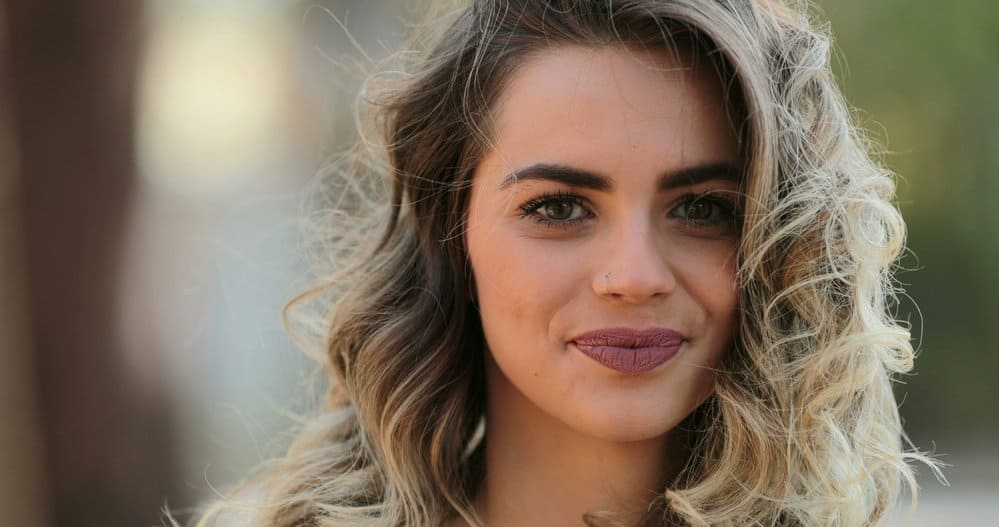
What Color to Use for Lowlighting Brown Hair Going Gray
When lowlighting brown hair, stylists are very particular about which shades of dye they use.
For people with dark brown hair, the best bet is to use a color that’s in between your gray hair and your natural hair color. If your hair is light brown, you’ll need to use a steel gray or another mid-toned gray.
Darker grays work for darker brown hair: think fossil gray or smoke gray.
The right shade of gray will depend not only on your current hair color(s) but also on your skin color and undertones.
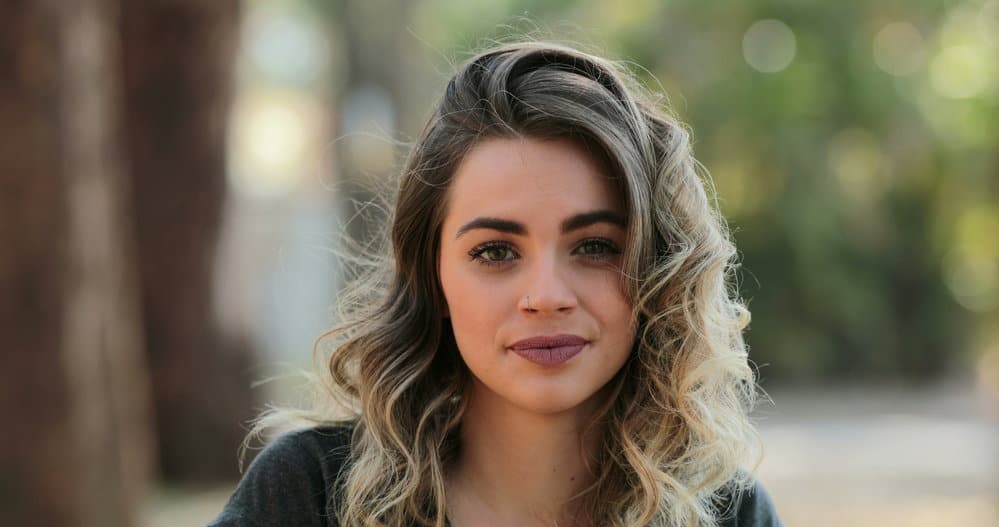
Should You Lowlight Your Own Hair?
Unless you’ve been trained in hair color theory and cosmetology, we don’t recommend lowlighting your brown hair. The reason why we advise against DIYing your own lowlights is that it’s a very involved process.
When doing lowlights on brown hair, you’ll first need to select the appropriate number of lowlights and make them the right size (though many use a frosting cap to do their lowlights, there are instances in which they aren’t appropriate).
In cases like that, you’ll need to manually separate and place your lowlights.
You’ll then need to lift those sections from brown to an appropriate level for your new shade to show up (whatever shade that is). Lastly, you’ll dye the lightened pieces to create your final look.
More often than not, if you do your own lowlights on brown hair, you may end up with a muddy or uneven result.
But if most of your hair is gray and you just need to darken a few sections, chances are you could pull that off at home without a problem. But the process for brown hair going gray, we don’t recommend it.
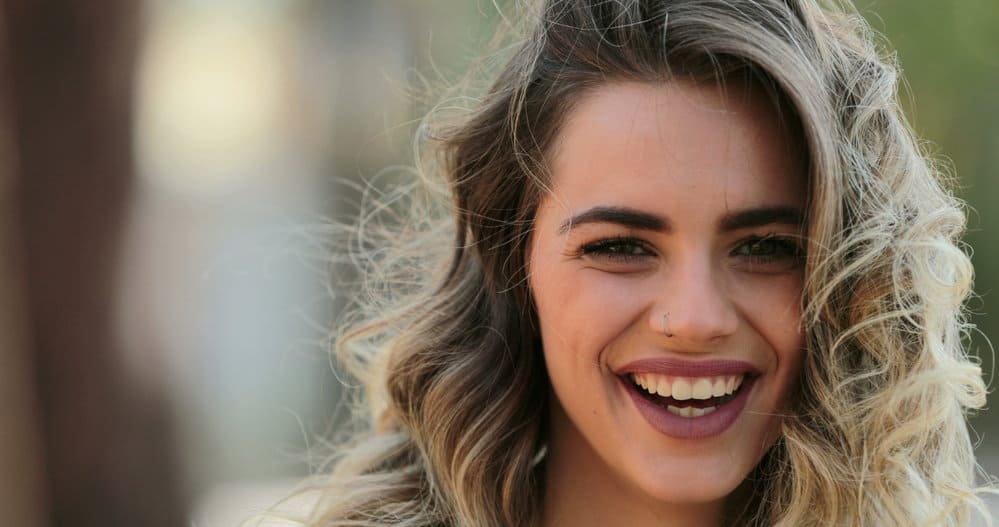
How Much Do Lowlights Cost for Brown Hair Going Gray?
We’ve driven the point home that you shouldn’t do your own lowlights in this case. So, how much should you expect to pay for professional lowlights?
The answer depends on where the salon is located, your stylist’s experience level, the length and thickness of your hair, and more. But, on average, you’ll be charged anywhere from $75 to $400 or more.
Lowlights often cost less than highlights, but if your lowlights require bleach, expect to be charged more than someone whose lowlights don’t require bleach.
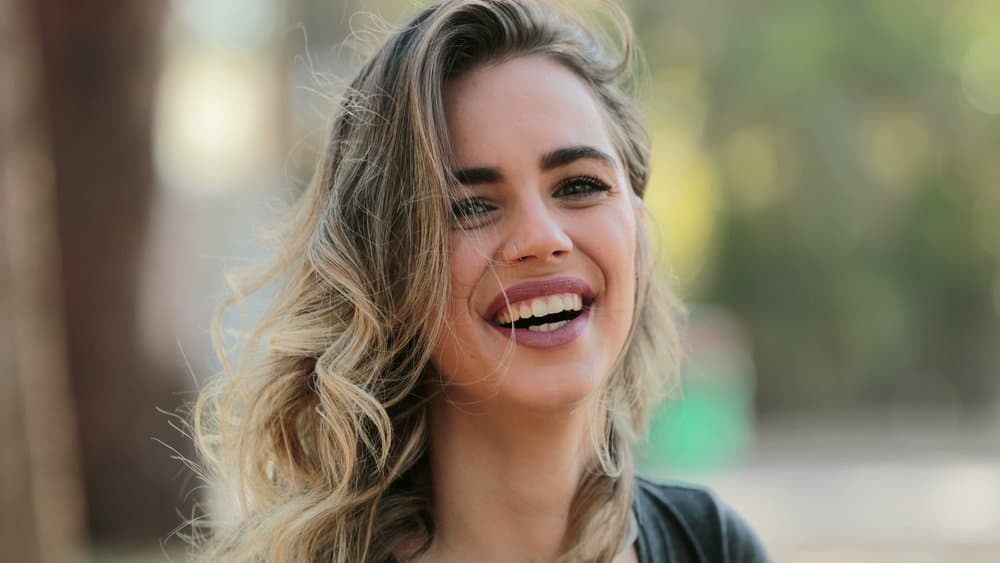
Pros and Cons of Lowlighting Hair
Are you still on the fence as to whether you should go through with the lowlighting process? To help you decide, we’ll illuminate the pros and cons of lowlighting hair below. Soon, the right decision for you will be crystal clear.
Pros
- Lowlights can help balance out hair for a more cohesive overall look.
- If the majority of your hair is gray, you can do lowlights with semi-permanent dye only - no bleach.
- Lowlights are relatively low maintenance. Since they tend to blend in with your natural color, you can go a bit longer between maintenance sessions than you would with highlights.
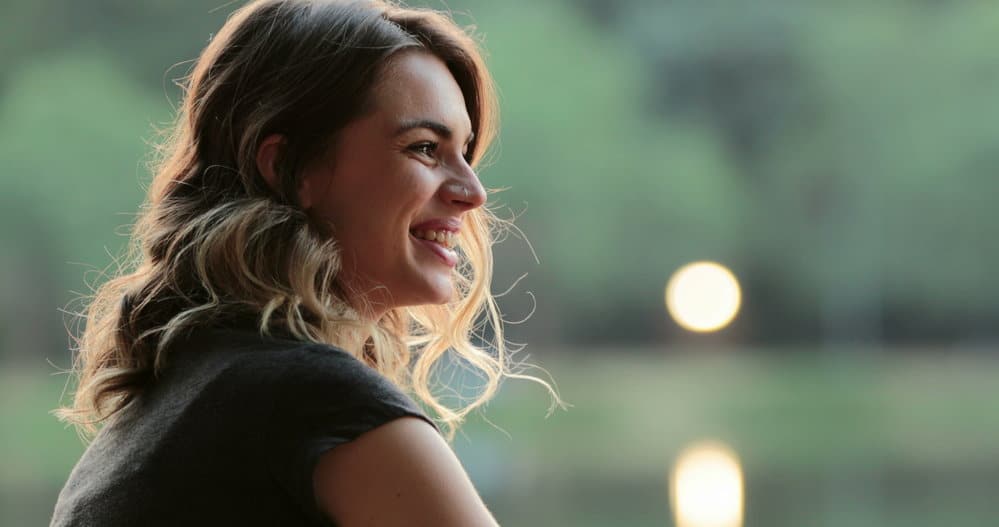
Cons
- Lowlights are difficult to DIY, as the process can be lengthy and technical.
- It can take a couple of hair appointments to achieve the hair color result that you’re looking for.
- Lowlighting brown hair that’s only just started graying will involve a bit of lightening, which may require bleach. Bleach is harsh on the hair and can leave even the healthiest hair dry and crunchy. And if bleach is misused, the result could be full-blown hair loss.
- Lowlights generally cost more than all-over color and may be priced so high that it prohibits some from even giving them a try.
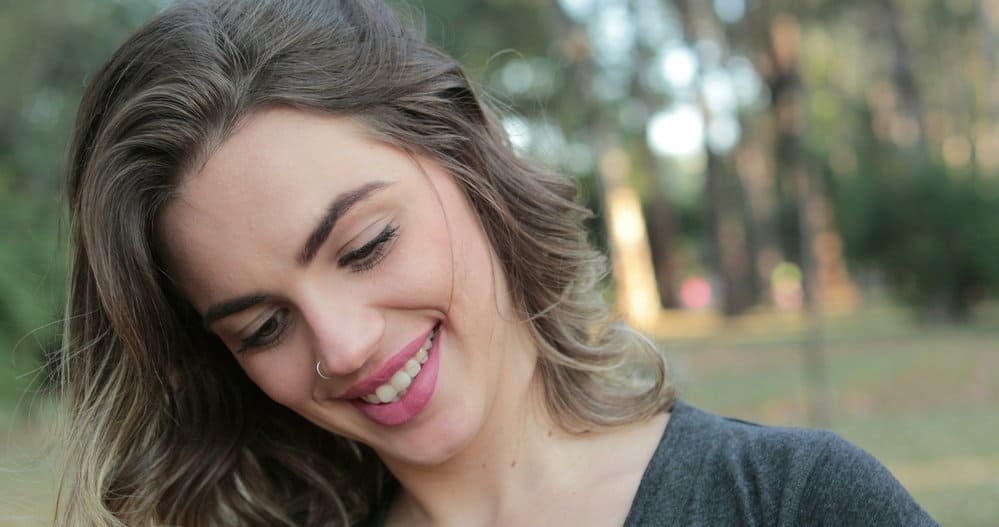
Lowlights Maintenance Tips
Once you get your lowlights, you’ll have to put in some work to maintain them. If you don’t know where to start, here are some tips to help you out:
- Get your lowlights touched up every 4 to 6 weeks. Only go when your natural hair grows out to ½ to 1 inch. If you have less new growth than that, there’s a high chance that you or your stylist will accidentally overlap the color onto your already-dyed strands. And when that happens, you could experience hair damage and breakage at that point.
- Use color-safe hair products. In between hair appointments, you should be keeping your hair clean and moisturized. But you can’t use just any products to do the job. You’ll need products that are clearly labeled color-safe. If you don’t, you could experience premature color-fading. And if you can’t find color-safe products, be sure to stay away from sulfates. Sulfates are known to strip dye from the hair.
- Wash your hair with cold water. Hot water opens up your hair cuticles, increasing your chances of rinsing out your hair dye. Avoid that by turning down the temperature of your water any time you rinse your hair. Instead of opening up your hair cuticles, the cool water will close them, preserving your hair color.
- Use an after-color sealer. If you go to get your lowlights done professionally, the stylist may use an after-color sealer to keep your dye fresh in between appointments. But if they didn’t, or you decided to DIY your lowlights, you can apply your own after-color sealer. It’s a specialized product that increases the longevity of your color by sealing the pigment into your strands.
- Gray Blending for Dark Hair
- What Volume Developer Should I Use to Cover Gray
- Removing Hair Color to Go Gray
- Can Your Hair Turn White From Fear?
There you have it - everything you need to know about lowlights for brown hair going gray. The main takeaways you should remember are (1) getting them done professionally is best, and (2) you’ll need to maintain your lowlights between appointments.
We trust that this article has been helpful to you, and we wish you the best with your gray hair transition!




